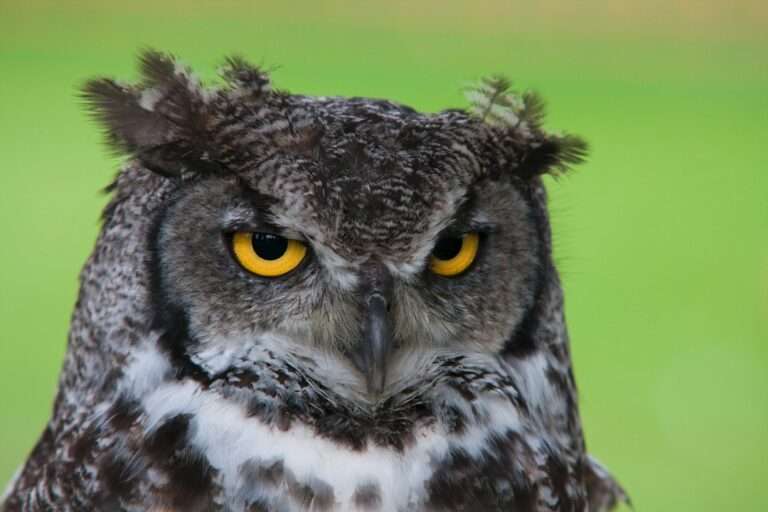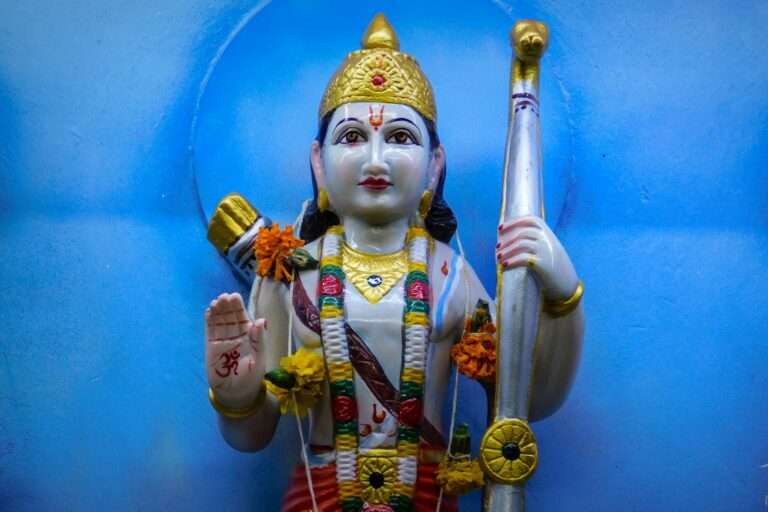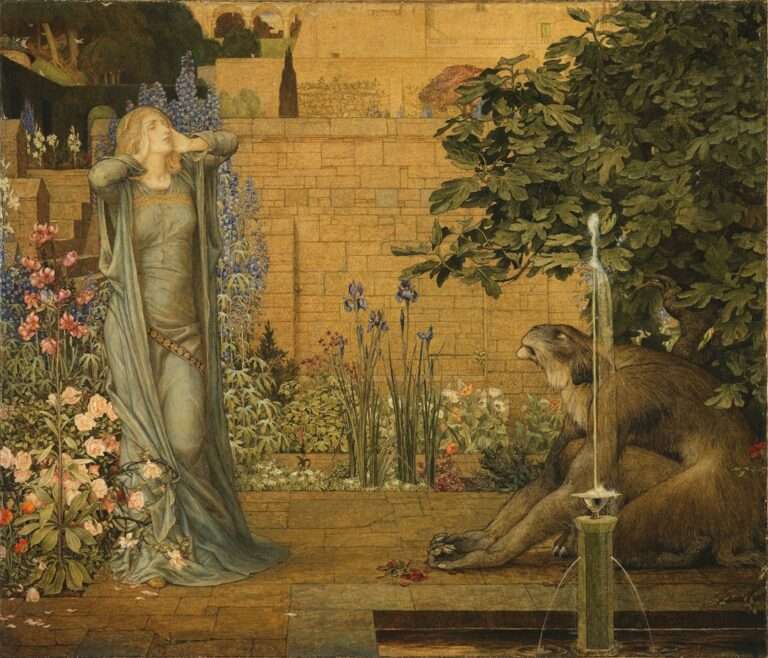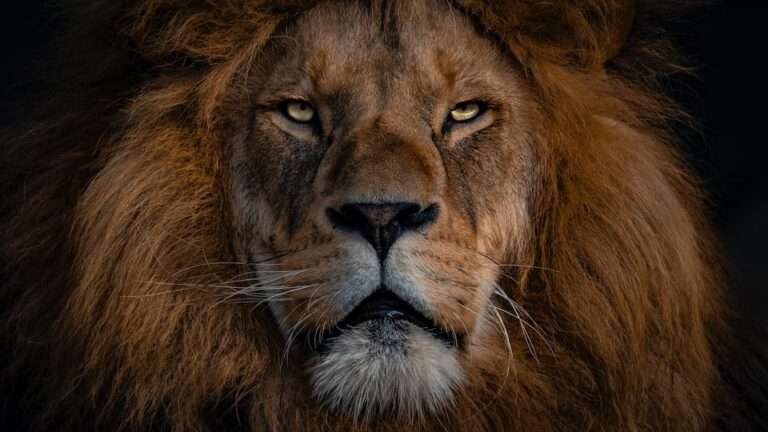Unveiling the Mystical Meanings Behind the Bat Symbolism

Symbolism is the use of symbols to represent ideas or qualities. Throughout history, various cultures and traditions have assigned symbolic meanings to different animals, plants, and objects. One such symbol that has intrigued and fascinated people for centuries is the bat. The bat symbolism has a rich and diverse history, with different cultures attributing various meanings to this nocturnal creature.
The bat symbolism can be traced back to ancient times, with references found in ancient texts and artwork. In many cultures, the bat is associated with darkness, mystery, and the supernatural. Understanding the symbolism behind the bat can provide insight into different cultural beliefs and practices.
Key Takeaways
- The bat is a symbol that has been present in various cultures and traditions throughout history.
- The bat symbolizes different things in different cultures, including rebirth, death, and good luck.
- The bat is often associated with spiritual significance, representing intuition, inner vision, and the ability to navigate the unseen world.
- The bat appears in many myths and folklore, often representing transformation, darkness, and the unknown.
- The bat is a common motif in art and literature, used to convey themes of mystery, fear, and the supernatural.
The Bat Symbolism in Different Cultures and Traditions
The bat symbolism varies across different cultures and traditions. In Chinese culture, the bat is considered a symbol of good luck and prosperity. The Chinese word for bat, “fu,” sounds similar to the word for good fortune. As a result, bats are often depicted in Chinese art and are seen as a positive symbol.
In Native American culture, bats are associated with transformation and rebirth. They are seen as guides that help individuals navigate through life’s challenges and transitions. Bats are also believed to possess healing powers and are often used in traditional medicine practices.
In African culture, bats are often associated with witchcraft and dark magic. They are seen as creatures of the night that bring bad luck and misfortune. However, in some African tribes, bats are revered as sacred animals that possess spiritual powers.
In European culture, bats have long been associated with vampires and other supernatural beings. They are seen as creatures of the night that feed on blood. This association has led to negative connotations surrounding bats in Western societies.
The Spiritual Significance of the Bat Symbolism
The bat symbolism holds spiritual significance in many cultures around the world. Bats are often seen as messengers between the physical and spiritual realms. They are believed to have the ability to travel between worlds and communicate with spirits.
In many spiritual traditions, the bat is seen as a symbol of rebirth and transformation. Just as bats emerge from their caves at night, they are seen as symbols of new beginnings and personal growth. The bat’s ability to navigate in the dark represents the ability to overcome obstacles and find one’s way in life.
In shamanic practices, bats are often associated with the underworld. They are seen as guides that help shamans journey into the spirit realm and connect with ancestral spirits. Bats are believed to possess ancient wisdom and can provide guidance and protection during spiritual journeys.
The Bat Symbolism in Mythology and Folklore
| Symbolism | Meaning |
|---|---|
| Death and Rebirth | In many cultures, bats are associated with death and rebirth due to their ability to hibernate and emerge from caves. |
| Transformation | Bats are often seen as symbols of transformation, as they undergo metamorphosis from a pup to an adult bat. |
| Intuition and Perception | Bats are known for their keen sense of hearing and echolocation abilities, which are associated with intuition and perception. |
| Darkness and the Unknown | Bats are creatures of the night and are often associated with darkness and the unknown. |
| Good Luck and Fortune | In Chinese culture, bats are seen as symbols of good luck and fortune due to their pronunciation being similar to the word for “luck” or “fortune”. |
The bat symbolism can also be found in various mythologies and folklore from around the world. In Greek mythology, bats were associated with the goddess Hecate, who was often depicted with bats flying around her. Bats were seen as her messengers and were believed to bring messages from the underworld.
In Aztec mythology, bats were associated with the god Camazotz, who was depicted as a bat-like creature. Camazotz was believed to be a god of death and sacrifice, and bats were seen as his messengers.
In Egyptian mythology, bats were associated with the goddess Sekhmet, who was often depicted with a bat-like headdress. Bats were seen as protectors against evil spirits and were believed to bring good fortune.
The Bat Symbolism in Art and Literature
The bat symbolism has been depicted in various works of art throughout history. In Renaissance art, bats were often included in paintings depicting scenes from the Bible. They were seen as symbols of darkness and evil.
In literature, bats have been used as symbols of mystery and the supernatural. They are often associated with vampires and other creatures of the night. Bram Stoker’s novel “Dracula” is a classic example of how bats have been used to create an atmosphere of fear and suspense.
Interpretation of bat symbolism in art and literature can vary depending on the context. Bats can represent darkness, mystery, and the unknown. They can also symbolize transformation and rebirth.
The Bat as a Spirit Animal: What Does it Mean?

The bat is often seen as a spirit animal that provides guidance and protection. The characteristics of the bat spirit animal can vary depending on the culture and tradition. In general, the bat is associated with intuition, sensitivity, and the ability to navigate through difficult situations.
The bat spirit animal is known for its keen senses and ability to see in the dark. It symbolizes the need to trust one’s instincts and rely on inner guidance. The bat encourages individuals to embrace their intuition and follow their inner voice.
Connecting with the bat spirit animal can be done through meditation, visualization, or simply spending time in nature. By embracing the qualities of the bat, individuals can tap into their own inner wisdom and find strength in times of darkness.
The Bat Symbolism in Dreams: Interpretations and Meanings
Bats are often featured in dreams, and their symbolism can provide insight into one’s subconscious mind. Common dream scenarios involving bats include being chased by bats, seeing bats flying around, or being transformed into a bat.
Interpreting bat symbolism in dreams can vary depending on the context of the dream. Bats can represent fear or anxiety, especially if they are chasing or attacking you in the dream. They can also symbolize transformation and rebirth if you dream of turning into a bat.
Using dream interpretation techniques can help gain insight into the meaning behind bat symbolism in dreams. Keeping a dream journal and reflecting on the emotions and symbols present in the dream can provide valuable insights into one’s subconscious mind.
The Bat Symbolism in Shamanism and Spiritual Practices
Bats have long been used in shamanic practices as symbols of transformation and spiritual guidance. Shamans often use bat imagery and symbolism to connect with the spirit realm and gain insight into the unseen world.
Bats are seen as guides that help shamans journey into the underworld and connect with ancestral spirits. They are believed to possess ancient wisdom and can provide guidance and protection during spiritual journeys.
In spiritual healing practices, bats are often associated with the release of negative energy and the purification of the soul. They are seen as symbols of transformation and rebirth, helping individuals let go of old patterns and embrace new beginnings.
The Dark Side of the Bat Symbolism: Misconceptions and Misunderstandings
Despite its rich symbolism, bats are often associated with negative connotations in Western societies. This is largely due to their association with vampires and other supernatural beings in popular culture.
Misunderstandings about bat symbolism can lead to fear and misconceptions about these creatures. Bats are often seen as carriers of disease or as pests that invade homes. However, it is important to understand that bats play a vital role in ecosystems as pollinators and insect controllers.
Understanding the true meaning of bat symbolism can help dispel these misconceptions and foster a greater appreciation for these creatures. Bats are not inherently evil or dangerous; they are simply part of the natural world and have their own unique role to play.
Embracing the Bat Symbolism: How to Incorporate it into Your Life
There are many ways to incorporate bat symbolism into daily life. One way is to explore different cultures and traditions that have a positive association with bats. Learning about the Chinese, Native American, African, and European interpretations of bat symbolism can provide a deeper understanding of this creature’s significance.
Another way to embrace bat symbolism is through art and literature. Exploring famous works of art featuring bats or reading literature that incorporates bat symbolism can provide insight and inspiration.
Finally, connecting with the bat spirit animal can be a powerful way to embrace bat symbolism. Spending time in nature, meditating, and reflecting on the qualities of the bat can help individuals tap into their own inner wisdom and find strength in times of darkness.
In conclusion, understanding symbolism is important as it provides insight into different cultures, traditions, and spiritual practices. The bat symbolism is a prime example of how different cultures assign various meanings to animals. By exploring the bat symbolism in different cultures, mythology, art, and literature, individuals can gain a deeper understanding of this creature’s significance. Embracing bat symbolism can provide guidance, protection, and a greater appreciation for the natural world.
If you’re interested in exploring the symbolism of the bat, you might also find the article on the symbolism of the snake intriguing. Snakes have long been associated with various meanings and interpretations across different cultures and belief systems. To delve deeper into this fascinating topic, check out this article on the symbolism of a snake. Discover how this enigmatic creature has been perceived throughout history and what it represents in different contexts.
FAQs
What is bat symbolism?
Bat symbolism refers to the use of bats as a symbol in various cultures and contexts. Bats are often associated with darkness, mystery, and death, but they can also represent rebirth, transformation, and intuition.
What cultures have used bats as a symbol?
Bats have been used as a symbol in many cultures, including ancient Greek, Chinese, and Native American cultures. In Western culture, bats are often associated with Halloween and vampires.
What does a bat symbolize in Native American culture?
In Native American culture, bats are often seen as symbols of rebirth and transformation. They are also associated with intuition and the ability to see in the dark.
What does a bat symbolize in Chinese culture?
In Chinese culture, bats are considered to be symbols of good luck and prosperity. The word for “bat” in Chinese sounds similar to the word for “happiness,” so bats are often depicted in art and decorations as a symbol of good fortune.
What does a bat symbolize in Western culture?
In Western culture, bats are often associated with Halloween and vampires. They are seen as symbols of darkness, mystery, and death.
What is the significance of the bat symbol in Batman?
In the Batman comics and movies, the bat symbol is used to represent the superhero’s fearlessness and his ability to strike fear into the hearts of criminals. The bat symbol is also a nod to the fact that Batman uses bats as a tool in his crime-fighting arsenal.





